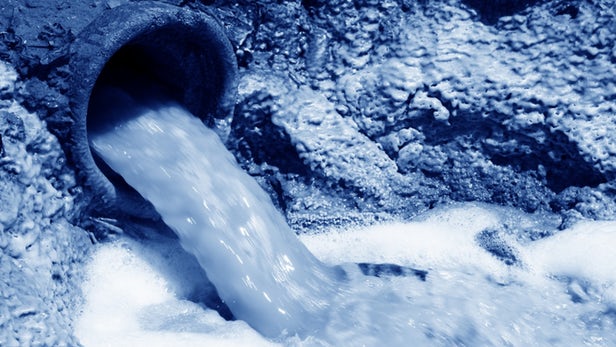
Breaking News
 Grand Theft World Podcast 257 | Foreign Affairs with guest Ernest Hancock
Grand Theft World Podcast 257 | Foreign Affairs with guest Ernest Hancock
 You've Never Seen Tech Like This
You've Never Seen Tech Like This
 Supreme Court Won't Exempt California Schoolchild From Vaccination Mandate
Supreme Court Won't Exempt California Schoolchild From Vaccination Mandate
 Visualizing the abundance of elements in the Earth's crust
Visualizing the abundance of elements in the Earth's crust
Top Tech News
 3D Printed Aluminum Alloy Sets Strength Record on Path to Lighter Aircraft Systems
3D Printed Aluminum Alloy Sets Strength Record on Path to Lighter Aircraft Systems
 Big Brother just got an upgrade.
Big Brother just got an upgrade.
SEMI-NEWS/SEMI-SATIRE: October 12, 2025 Edition
 Stem Cell Breakthrough for People with Parkinson's
Stem Cell Breakthrough for People with Parkinson's
 Linux Will Work For You. Time to Dump Windows 10. And Don't Bother with Windows 11
Linux Will Work For You. Time to Dump Windows 10. And Don't Bother with Windows 11
 XAI Using $18 Billion to Get 300,000 More Nvidia B200 Chips
XAI Using $18 Billion to Get 300,000 More Nvidia B200 Chips
 Immortal Monkeys? Not Quite, But Scientists Just Reversed Aging With 'Super' Stem Cells
Immortal Monkeys? Not Quite, But Scientists Just Reversed Aging With 'Super' Stem Cells
 ICE To Buy Tool That Tracks Locations Of Hundreds Of Millions Of Phones Every Day
ICE To Buy Tool That Tracks Locations Of Hundreds Of Millions Of Phones Every Day
 Yixiang 16kWh Battery For $1,920!? New Design!
Yixiang 16kWh Battery For $1,920!? New Design!
 Find a COMPATIBLE Linux Computer for $200+: Roadmap to Linux. Part 1
Find a COMPATIBLE Linux Computer for $200+: Roadmap to Linux. Part 1
New desalination method could get industry – and the environment – out of a very salty pickle

It's a big, expensive, destructive problem which a team of engineers at Columbia University in New York City hope to solve with their solvent-based method of desalination.
A by-product of oil and gas production, fossil-fueled power plants, flue-gas desulfurization, landfill leaching, industrial effluent and inland desalination, hypersaline brines are difficult and expensive to treat and if mismanaged, they can cause severe damage to surface and groundwater sources. Having an effective, affordable method for dealing with these brines could make huge quantities of water available for agriculture and industrial uses, and even as a possible source of drinking water.
With these challenges in mind, engineers at Columbia University in New York City, have devised a solvent-based method of extracting fresh water from these brines which is efficient, effective and low-cost, and which they've dubbed "temperature swing solvent extraction" or TSSE.



